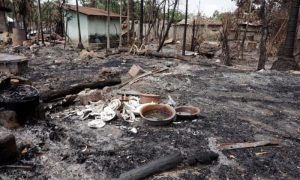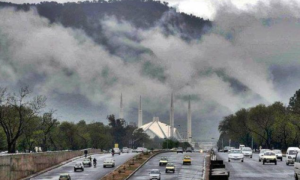SYDNEY: A spring heat wave is currently sweeping across large parts of Australia’s southeast, including Sydney, intensifying on Monday, as stated by the Australian Bureau of Meteorology.
The meteorological agency has forecasted temperatures to soar up to 16 degrees Celsius (60 Fahrenheit) above the September average.
The heat wave, which has been gradually building up in Australia’s outback interior over the weekend, is expected to persist until Wednesday, encompassing the states of South Australia, Victoria, and New South Wales. The Bureau of Meteorology has noted that this heat is “very uncommon for September” and anticipates the breaking of several early spring temperature records in the coming days.
Relief from the scorching temperatures is not anticipated until Wednesday when a stronger cold front is predicted to cross the southeastern states, as conveyed by the weather bureau through a Facebook post on Sunday.
The adverse effects of this heat wave were palpable during the Sydney marathon on Sunday, where 26 individuals were taken to the hospital and approximately 40 were treated for heat exhaustion by emergency services. Forecasts from the weather bureau indicate that temperatures in Sydney’s western regions are set to reach a high of 36 degrees Celsius (96.8 F) on Monday before gradually dropping to around 22 degrees Celsius (71 F) on Thursday.
Furthermore, this heat wave has significantly elevated the risk of wildfires, prompting several regions to receive ‘high’ fire danger ratings. Authorities are urging residents to take precautions and prepare for potential bushfires. Presently, approximately 50 grass or bushfires are burning across New South Wales, all of which have been brought under control.
As Australia braces for a hotter southern hemisphere spring and summer this year, concerns are heightened due to the strengthening possibility of an El Nino event between September and November. El Nino can trigger extreme weather events, ranging from wildfires to cyclones and droughts in Australia. Authorities are already cautioning the public about heightened bushfire risks for the upcoming summer.


























